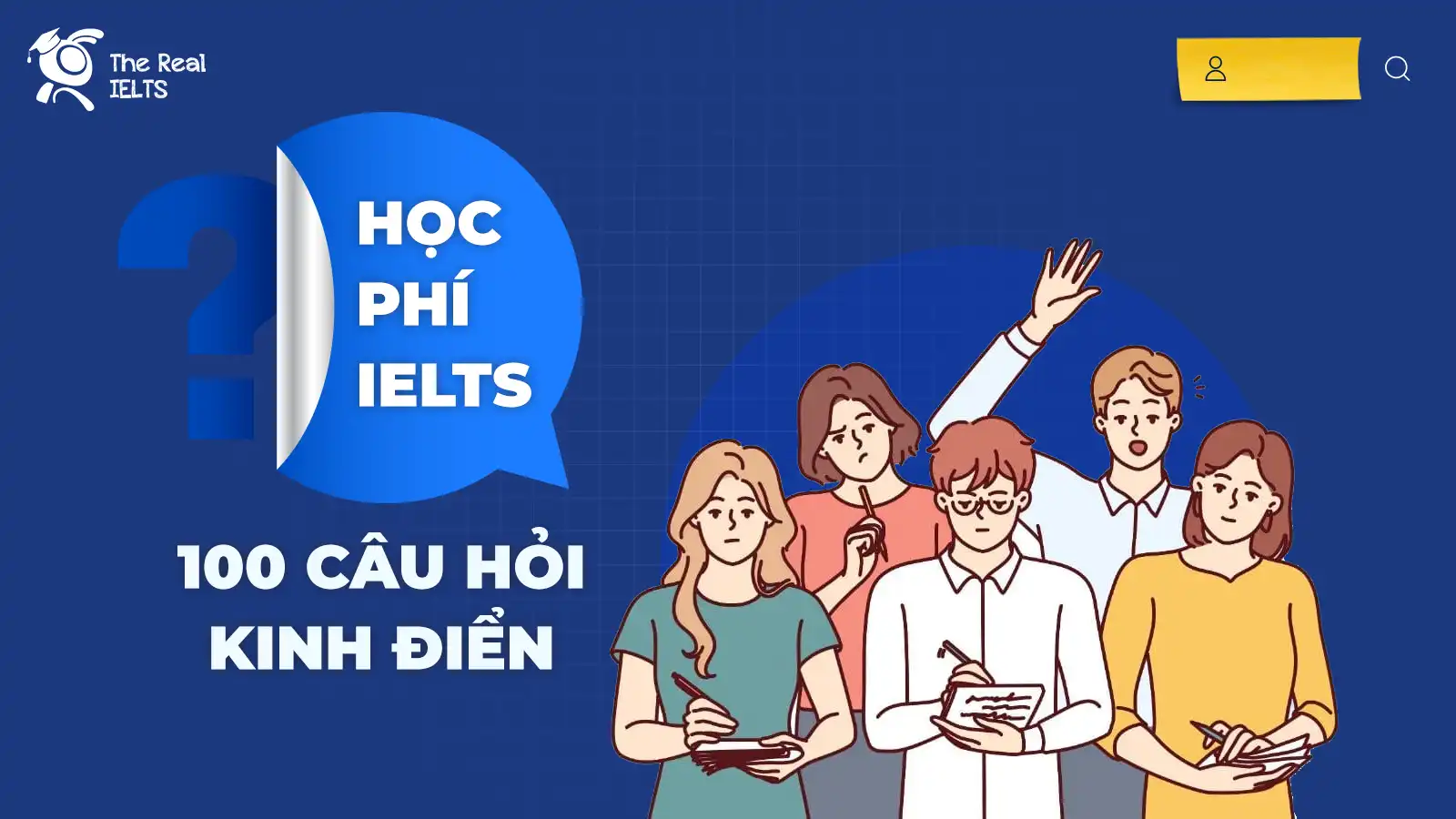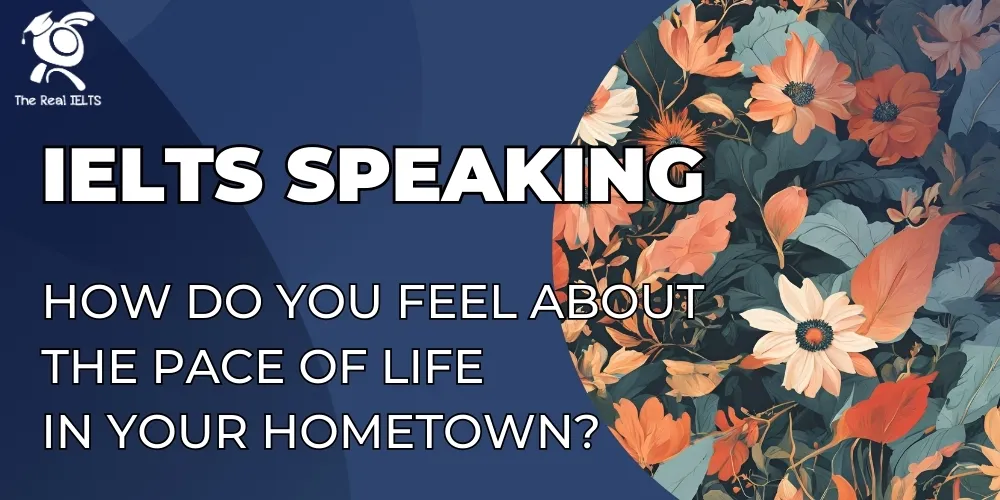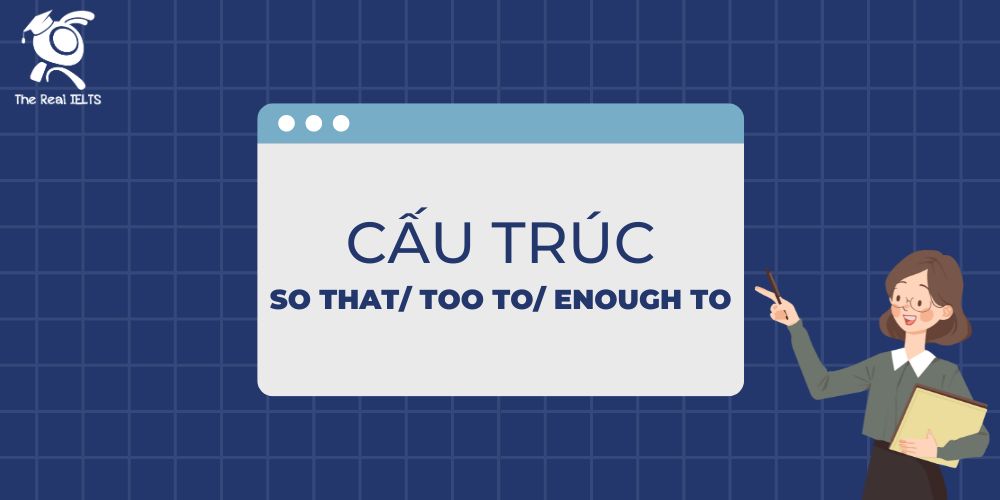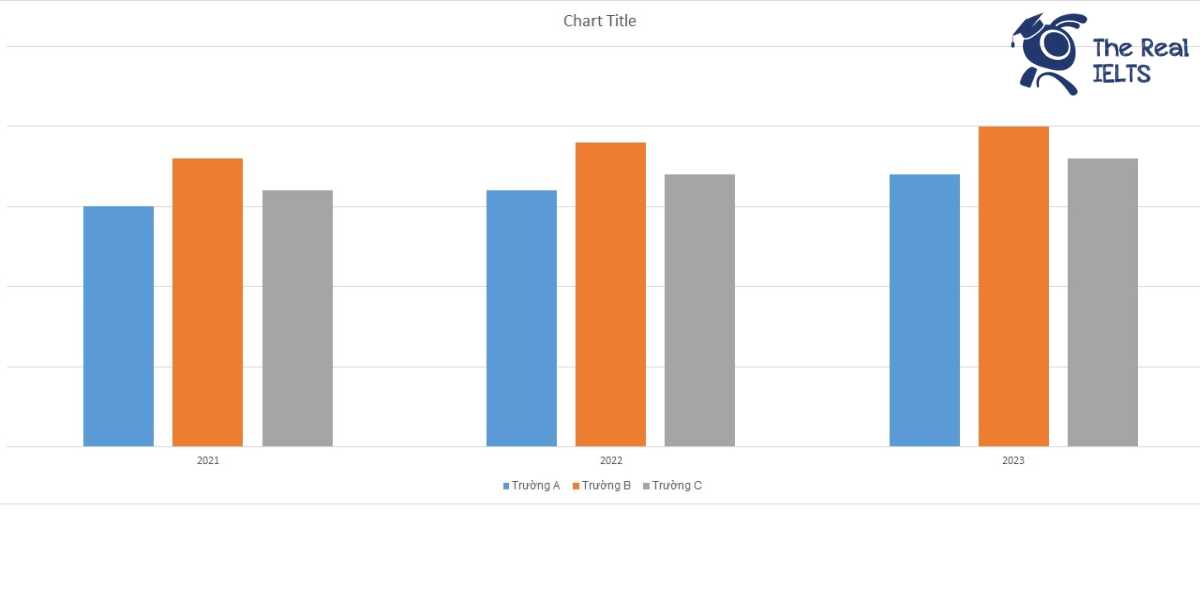IELTS Reading 20: Virtual reality and augmented reality là chủ đề thuộc chuỗi bài luyện tập 11 dạng bài IELTS Reading và các bài tập luyện tập.
Học lại bài cũ: IELTS Reading 19: The role of robots in modern life.
IELTS Reading: Virtual Reality and Augmented Reality: The Future of Technology
In the rapidly evolving world of technology, two innovations stand out for their potential to change the way we interact with the digital world: Virtual Reality (VR) and Augmented Reality (AR). Both technologies have been gaining traction in various fields, from gaming to healthcare, education, and beyond. But what exactly are VR and AR, and how do they differ?
The Basics of Virtual Reality
Virtual Reality is a computer-generated simulation of a three-dimensional environment that can be interacted with in a seemingly real or physical way using special electronic equipment, such as a helmet with a screen or gloves fitted with sensors. When using VR, the user is completely immersed in the virtual world, cut off from the physical surroundings.
One of the most well-known applications of VR is in the gaming industry, where users can fully immerse themselves in fantastical worlds and engage with the environment in ways that would not be possible in real life. However, VR is not limited to gaming. It has been used in healthcare to simulate surgical procedures, allowing doctors to practice in a risk-free environment. VR has also made its way into education, enabling students to explore historical events or scientific phenomena in an immersive and engaging manner.
Augmented Reality: Enhancing the Real World
Unlike VR, Augmented Reality overlays digital information onto the real world, enhancing what the user sees and interacts with. AR does not create a completely new environment but rather adds layers of information and digital elements to the physical surroundings. AR technology is often used through smartphones or specialized glasses.
A well-known example of AR is the mobile game Pokémon Go, where users can catch virtual creatures in real-world locations using their smartphone cameras. AR is also used in retail, where customers can visualize how furniture will look in their homes before making a purchase, or in healthcare, where surgeons use AR to overlay medical images onto the patient’s body during surgery.
Applications and Future Potential
Both VR and AR are rapidly expanding beyond entertainment and healthcare into sectors like manufacturing, retail, and real estate. Architects use VR to walk clients through building designs before construction begins, and retailers use AR to allow customers to “try on” clothes or accessories without physically visiting a store.
Experts believe that VR and AR technologies will become increasingly integrated into daily life. As the hardware and software improve, we can expect to see these technologies used in ways we cannot yet imagine. For example, AR glasses could become as common as smartphones, providing users with real-time information about their surroundings, or VR could revolutionize remote work by creating virtual offices.
Challenges Ahead
Despite the potential of VR and AR, there are still significant challenges to be addressed. The high cost of VR equipment and the technical limitations, such as motion sickness experienced by some users, are hurdles to mass adoption. AR, while more accessible through smartphones, faces issues with privacy and security, as the technology relies heavily on cameras and location data.
Moreover, both technologies require significant data processing power and advanced hardware, meaning that widespread use could strain existing infrastructure. However, as with any new technology, these obstacles may be overcome as research and development continue.
Question
1. Multiple Choice (Chọn đáp án đúng)
- What is a common application of Virtual Reality?
- A. Catching virtual creatures
- B. Visualizing furniture placement
- C. Exploring historical events
- D. Simulating surgical procedures
- Which of the following best describes the main difference between VR and AR?
- A. VR replaces the real world, while AR enhances it.
- B. VR is used in education, but AR is only for entertainment.
- C. AR is more expensive than VR.
- D. VR requires a smartphone, while AR does not.
2. True/False/Not Given (Đúng/Sai/Không có thông tin)
- VR requires the user to wear a headset or helmet with a screen.
- AR is primarily used in the healthcare industry to train doctors.
- VR is less expensive than AR technology.
- AR allows users to interact with fully virtual environments.
3. Yes/No/Not Given (Có/Không/Không có thông tin)
- VR has been integrated into the workplace for creating virtual offices.
- AR technology is expected to replace smartphones in the future.
- Some VR users experience discomfort or motion sickness.
4. Matching Information (Ghép thông tin)
Match the following statements with the correct paragraph (A-D):
- VR is used in education to help students explore scientific phenomena.
- AR is used in retail to visualize products in real-world environments.
- The future of AR could involve real-time information through wearable devices.
5. Matching Headings (Ghép tiêu đề)
Match the following headings with the appropriate paragraphs from the passage:
A. Practical Applications of VR and AR
B. Challenges and Limitations of VR and AR
C. The Future of VR and AR Technologies
D. An Overview of Virtual and Augmented Reality
- Paragraph 1
- Paragraph 2
- Paragraph 3
- Paragraph 4
6. Matching Sentence Endings (Ghép kết thúc câu)
Complete each sentence by matching the beginning with the correct ending:
- Virtual Reality is commonly used in…
- A. visualizing how clothes look without visiting stores.
- B. training healthcare professionals through simulations.
- C. helping people explore historical events.
- D. overlaying digital data on the physical world.
- One challenge faced by AR technology is…
- A. the need for real-time information through smartphones.
- B. privacy concerns due to its reliance on cameras.
- C. discomfort experienced by some users.
- D. limited use outside of gaming.
7. Sentence Completion (Hoàn thành câu)
Complete the following sentences using NO MORE THAN THREE WORDS from the passage:
- VR users are fully __________ from their physical surroundings.
- AR is more accessible than VR as it is often used through __________.
- Some experts believe that AR glasses could become as common as __________.
8. Summary Completion (Hoàn thành bản tóm tắt)
Complete the summary below using words from the passage.
Both Virtual Reality (VR) and Augmented Reality (AR) are advancing rapidly and have numerous applications. VR creates a completely virtual environment, while AR enhances the __________ world. These technologies are used in various sectors such as healthcare, __________, and retail. Despite their potential, challenges such as high costs and __________ remain.
9. Diagram Label Completion (Hoàn thành nhãn sơ đồ)
Use words from the passage to label the diagram below. The diagram is a flowchart describing the process of using AR in retail.
- Customer opens the AR app on their __________.
- The app uses the camera to scan the __________.
- Digital information is overlaid onto the __________ in real-time.
10. Short Answer Questions (Câu hỏi trả lời ngắn)
Answer the following questions using NO MORE THAN THREE WORDS.
- What do AR glasses overlay onto the real world?
- In which industry is VR used to simulate surgeries?
- What type of environment does VR create?
11. Table Completion (Hoàn thành bảng)
Complete the table below using words from the passage:
| Technology | Description | Application |
|---|---|---|
| VR | Immersive virtual environment | Simulating __________ |
| AR | Overlaying digital information | Visualizing __________ |
| VR | Requires headset or gloves | __________ in education |
Answers
1. Multiple Choice (Chọn đáp án đúng)
- D. Simulating surgical procedures
- A. VR replaces the real world, while AR enhances it.
2. True/False/Not Given (Đúng/Sai/Không có thông tin)
- True
- False
- Not Given
- False
3. Yes/No/Not Given (Có/Không/Không có thông tin)
- Yes
- Not Given
- Yes
4. Matching Information (Ghép thông tin)
- Paragraph 3
- Paragraph 3
- Paragraph 4
5. Matching Headings (Ghép tiêu đề)
- D. An Overview of Virtual and Augmented Reality (Paragraph 1)
- A. Practical Applications of VR and AR (Paragraph 2)
- C. The Future of VR and AR Technologies (Paragraph 3)
- B. Challenges and Limitations of VR and AR (Paragraph 4)
6. Matching Sentence Endings (Ghép kết thúc câu)
- B. training healthcare professionals through simulations.
- B. privacy concerns due to its reliance on cameras.
7. Sentence Completion (Hoàn thành câu)
- cut off
- smartphones
- smartphones
8. Summary Completion (Hoàn thành bản tóm tắt)
Both Virtual Reality (VR) and Augmented Reality (AR) are advancing rapidly and have numerous applications. VR creates a completely virtual environment, while AR enhances the physical world. These technologies are used in various sectors such as healthcare, education, and retail. Despite their potential, challenges such as high costs and privacy concerns remain.
9. Diagram Label Completion (Hoàn thành nhãn sơ đồ)
- smartphone
- room
- physical environment
10. Short Answer Questions (Câu hỏi trả lời ngắn)
- Digital information
- Healthcare
- Virtual environment
11. Table Completion (Hoàn thành bảng)
| Technology | Description | Application |
|---|---|---|
| VR | Immersive virtual environment | Simulating surgeries |
| AR | Overlaying digital information | Visualizing furniture |
| VR | Requires headset or gloves | Exploring in education |















